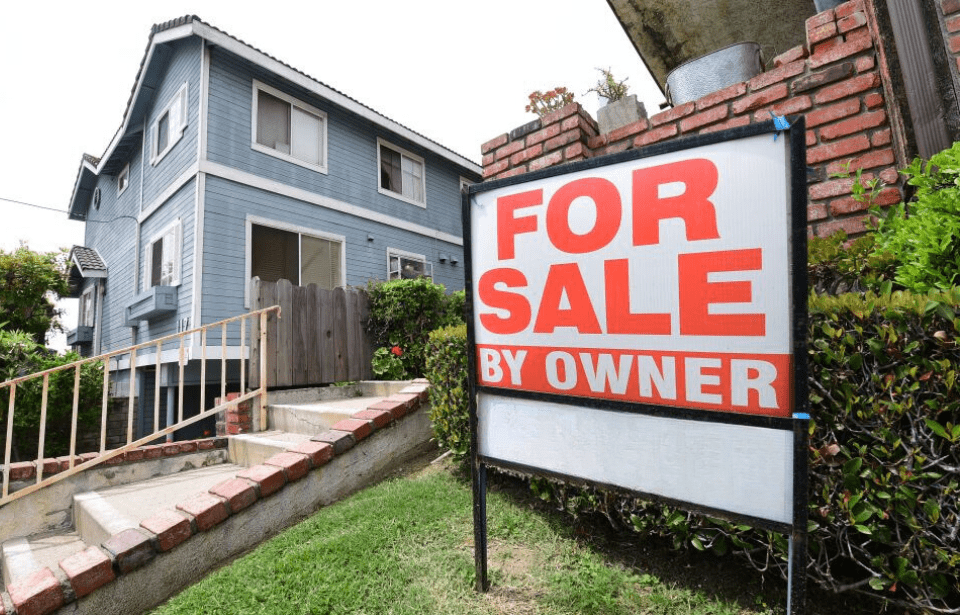Purchasing a new home is a significant investment. If you’re in the market for a home, you have likely checked many listings, ruled out the ones that don’t fit your needs, and scheduled viewings. However, finding the perfect house isn’t only about the number of bedrooms or the size of the kitchen. Underlying problems can cause structural damage, resulting in costly repairs. Since these issues are not always obvious, you must know what to look for. This post reveals ten red flags to watch out for when buying a house.
1. Foundation cracks
Checking the foundation is the first thing that potential homeowners should do. While concrete is prone to cracking, cracks wider than half an inch can indicate an unstable foundation.
Tiny cracks are a cosmetic issue and can be easily filled with spackling paste. However, water damage, leaning, and bulging are serious problems. Check to see if the support beams and load-bearing elements look level. Keep in mind that structural damage can threaten the building’s integrity. A professional should carry out a foundation inspection and identify any underlying issues.
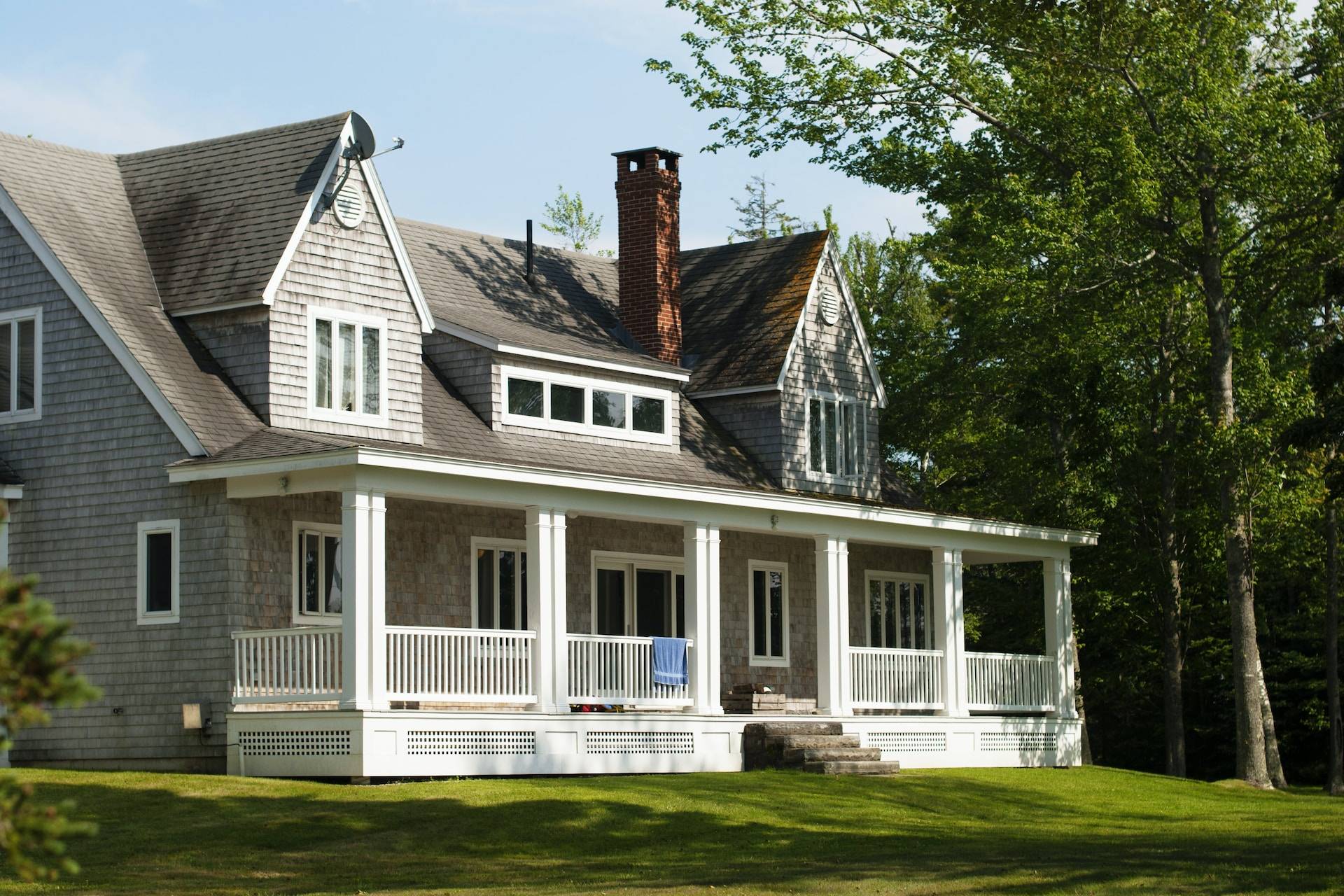
2. Water damage
Water damage is a source of many problems, but you can spot this issue right away. A moldy smell and green patches are obvious signs of a moisture problem. Inspect the walls to see clues that indicate leakage, such as paint discoloration and spots.
While they can result from pipe cracks, water stains can indicate an underlying problem, such as improperly sealed vinyl siding or a leaking roof. As mentioned earlier, moisture can damage the foundation and necessitate costly repairs, so you’ll want to think twice before purchasing.
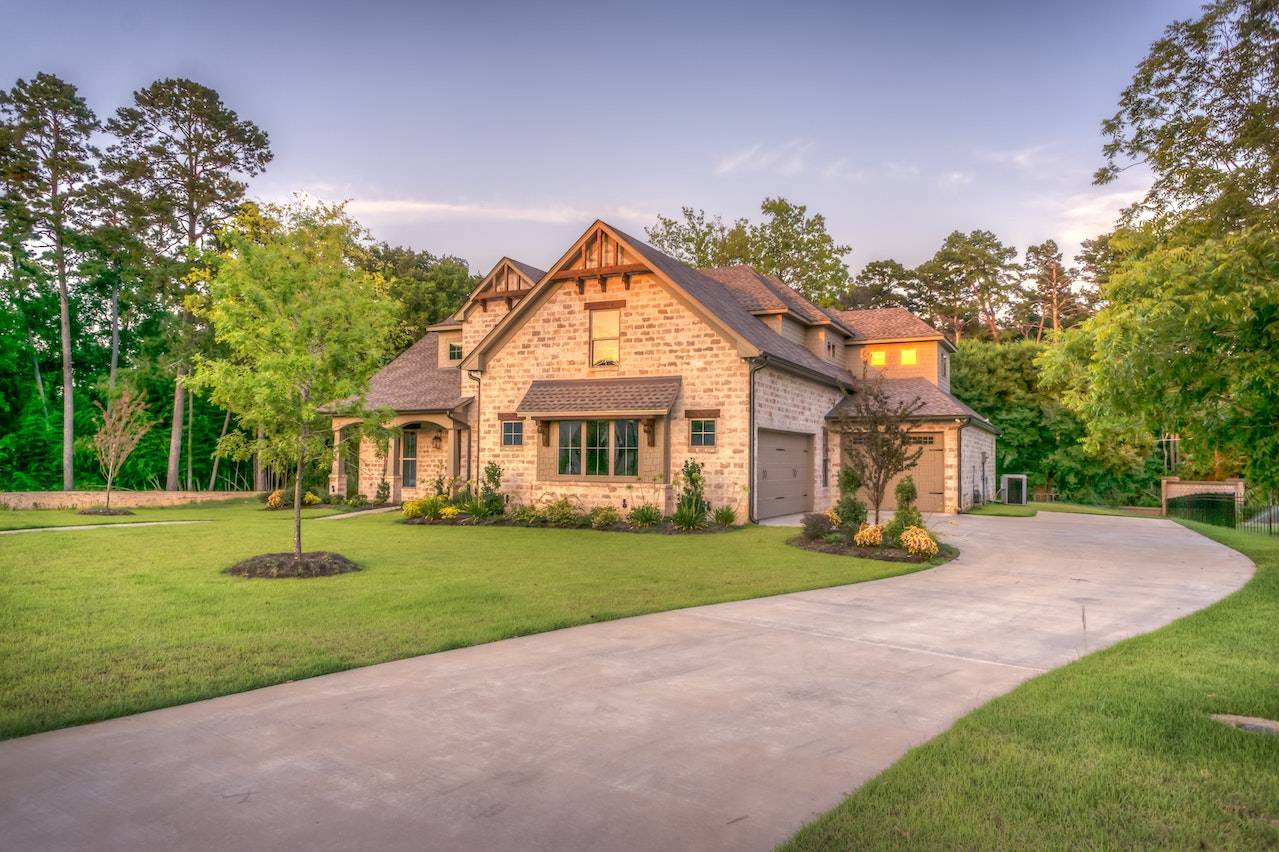
3. Signs of mold
In addition to pointing to an underlying moisture issue, mold can cause health problems. Mold releases spores which can cause allergic symptoms and headaches. Black mold is toxic and can cause serious health problems. Headaches, nose bleeding, body pain, fatigue, and anxiety are some symptoms of black mold exposure.
Therefore, a moldy smell is a huge red flag. If you are welcomed with a strong air freshener scent, this could indicate that the owner is trying to mask the smell. In such cases, schedule a second viewing and ask them not to use scented products.
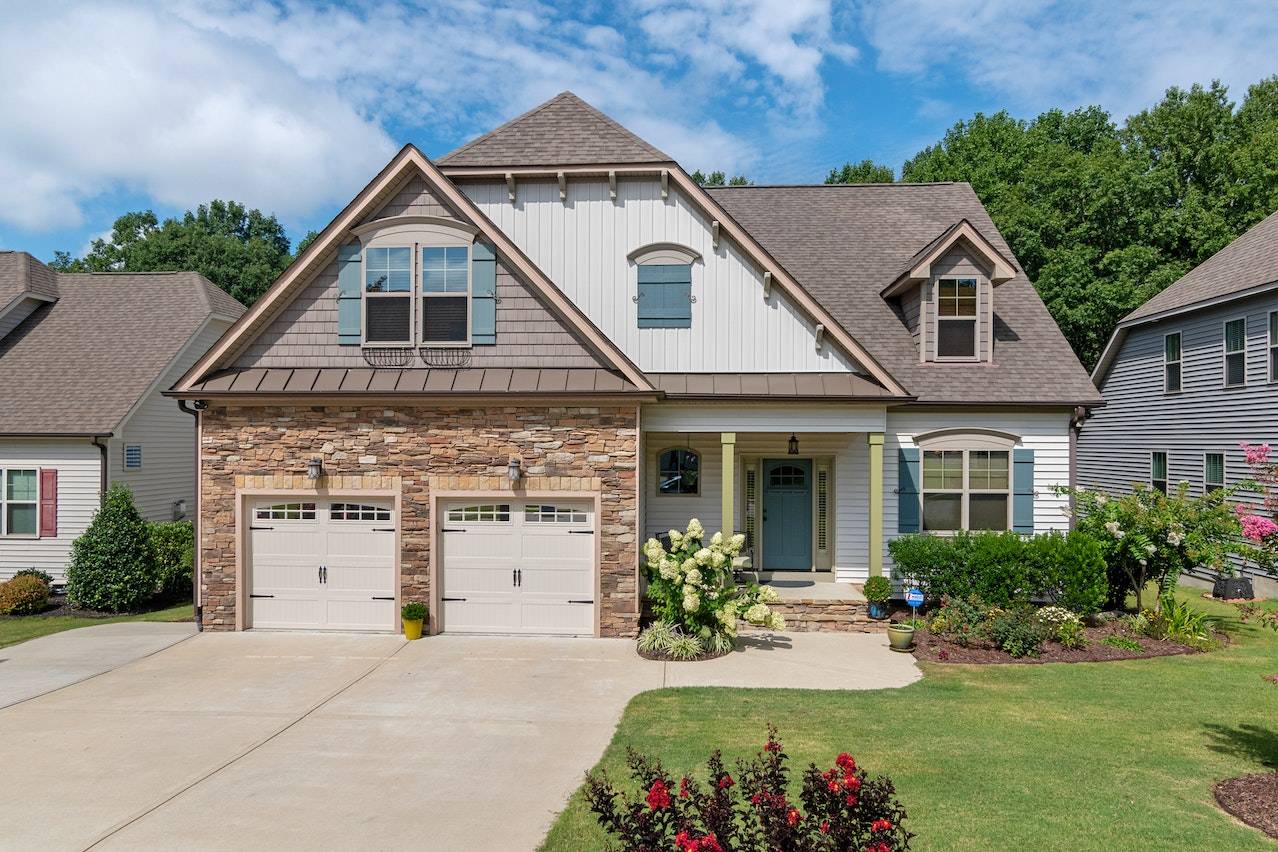
4. Pest infestation
Termite infestation is one of the worst problems a homeowner can deal with. If you purchase a home in the West, Southwest, South, or Southeast, check for signs indicating these pests’ presence.
Termite damage can look identical to water damage, so check for additional signs such as piles of insect waste, mud tubes in walls, and hollow sounds when knocking on wood walls.
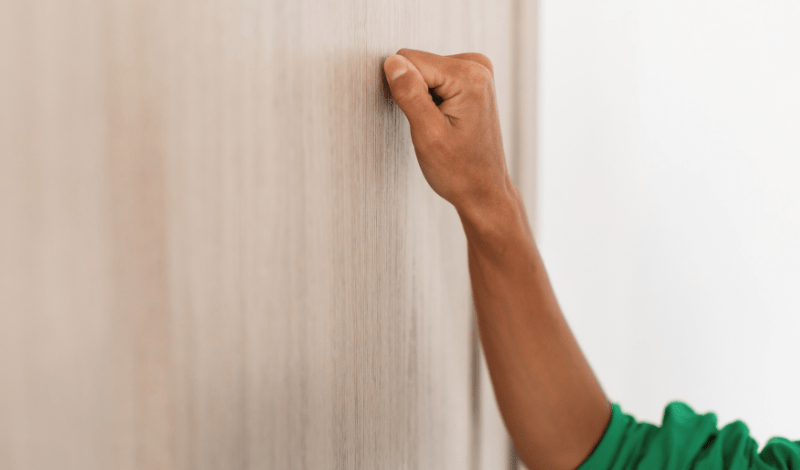
5. DIY additions
While a few DIY repairs are okay, self-made additions can be a red flag. An addition that doesn’t meet the local building codes can continue possible defects.
Remember that problems of structural, plumbing, and wiring nature can be costly to fix.
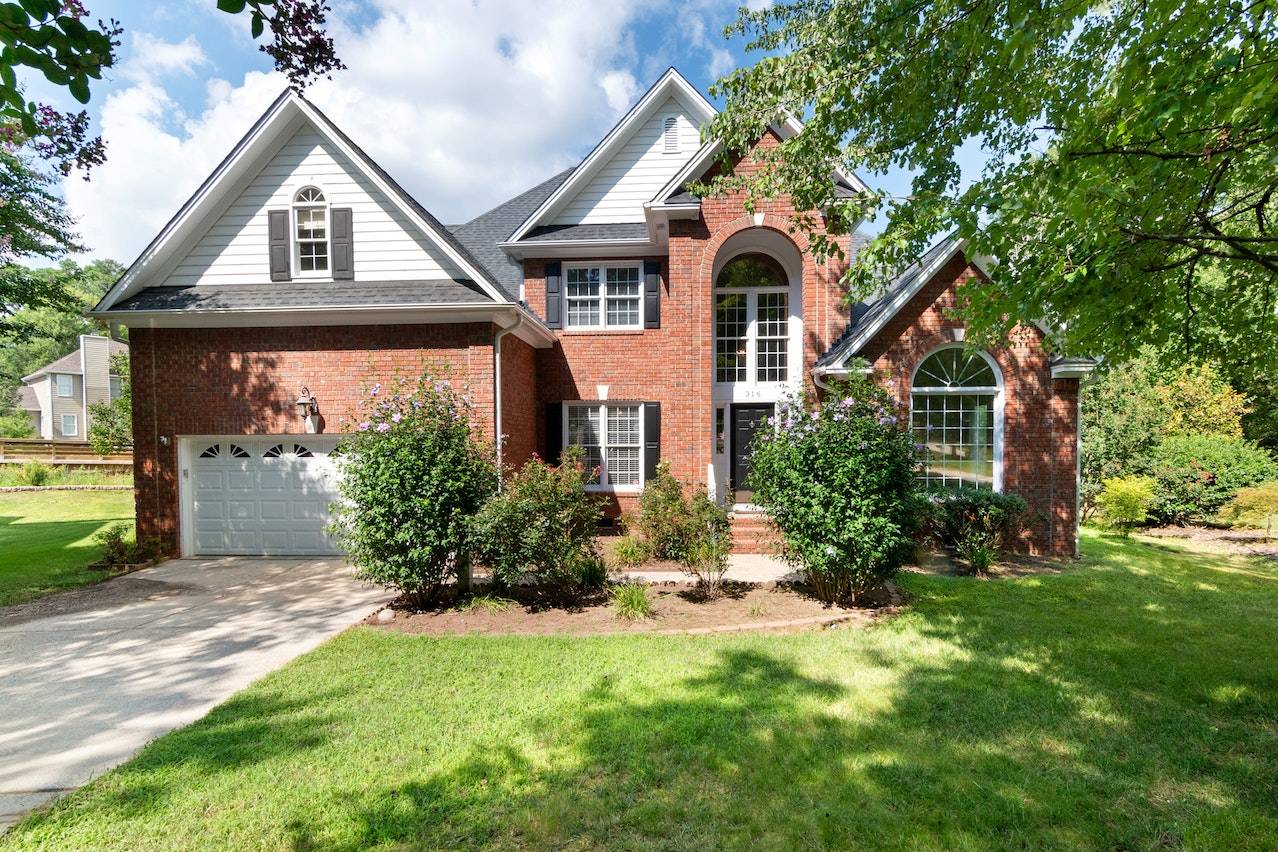
5. Missing shingles
The roof plays a massive role in protecting your home, and regular maintenance is crucial for keeping it in good shape. Neglecting a roof can create problems that cause costly damage to the building.
Start with checking the shingles to notice any irregularities. Missing shingles weaken the protective function of the roof, causing leakage. Multiple shingle layers are another less apparent red flag, indicating an improperly executed repair.

6. A price that’s too low
Buying a home is a considerable investment, so a bargain price might seem like an excellent deal. Nevertheless, you should think twice before purchasing a home with a price that appears too good to be true.
If the house is too cheap for the area, this is a huge red flag and could indicate a problem. Research the property price range in your desired location.

7. Too many neighborhood houses for sale
While inspecting the house is your primary concern, you shouldn’t overlook the neighborhood. The excellent price might be attractive, but too many houses for sale in the area can be a potential red flag. It is reasonable to spot a lot of homes for sale in a newly built community.
Otherwise, find out why so many people are leaving. Increasing crime rates can be a strong reason for moving out. A lack of work opportunities and schools can also deter people.
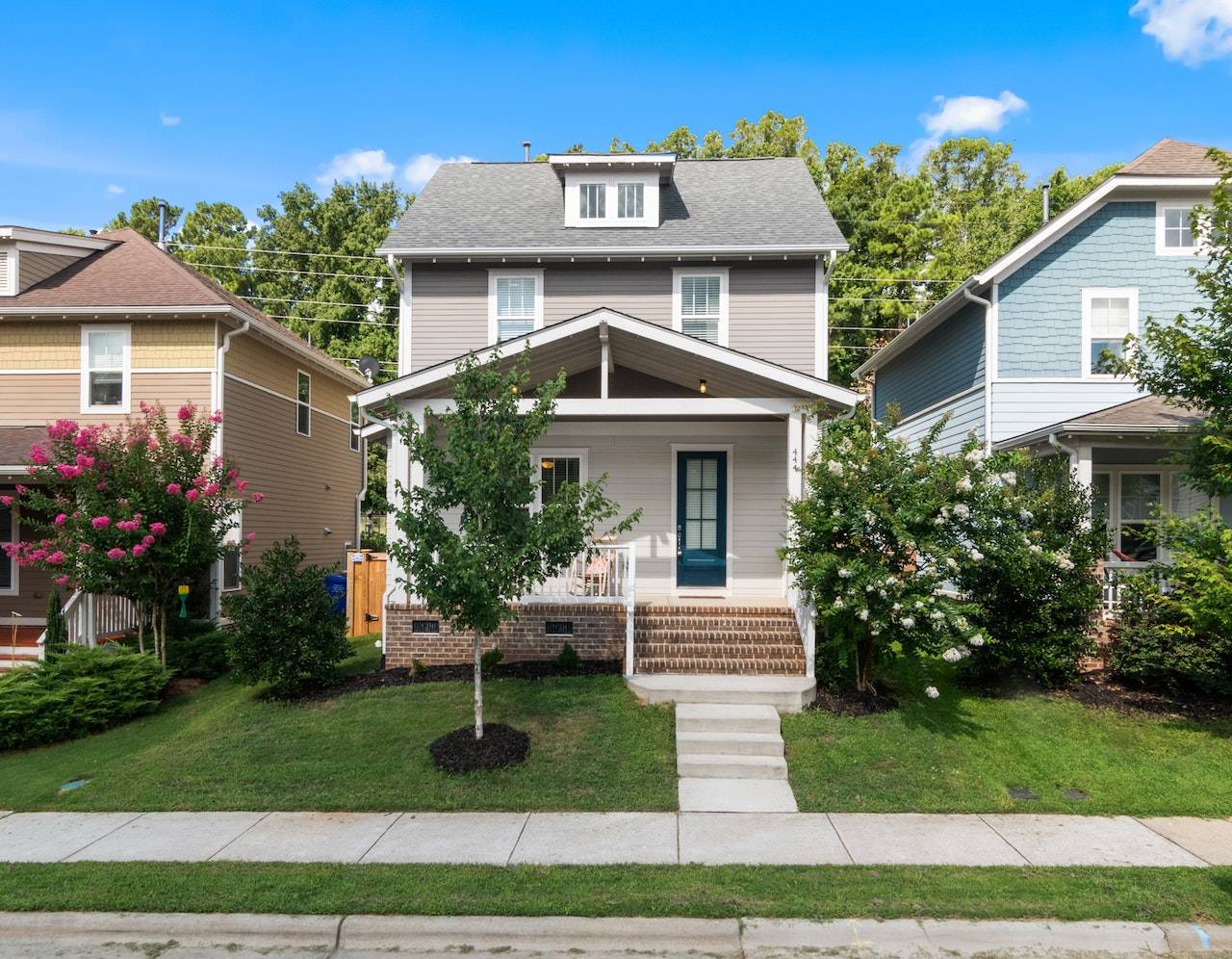
8. Doors that won’t close
A door that doesn’t close could be the result of a shifted frame, indicating poor construction or foundation issues. Check all the doors in the house to see if they close properly.
Furthermore, check to see if there are any carved edges, meaning that the previous owner encountered this problem and had to shave off the edges for the door to close correctly.
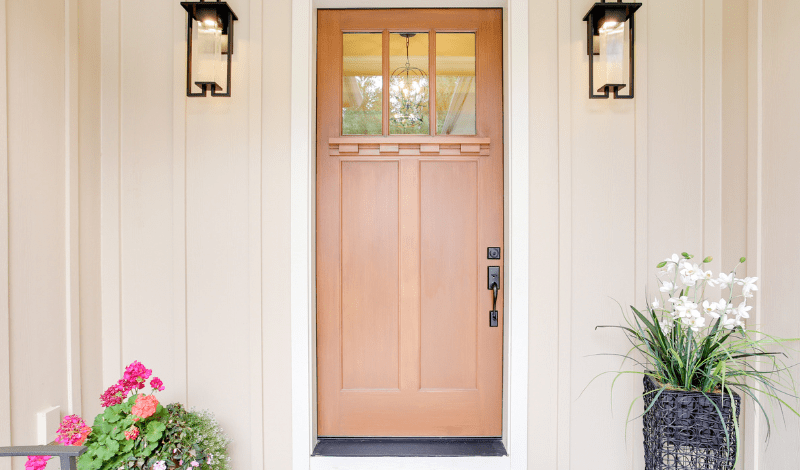
9. Old HVAC system
The average lifetime of a furnace is between 15 to 18 years, whereas the AC is exposed to outdoor elements, and the lifespan ranges from 10 to 12 years for older devices. An old HVAC system will be less efficient near the end of its lifespan, which means decreased efficiency and higher bills.
Furthermore, you will need to replace the unit soon, and the price can range from $5,000 to $34,000. However, an old HVAC system doesn’t have to be a red flag if the property price accounts for the replacement.
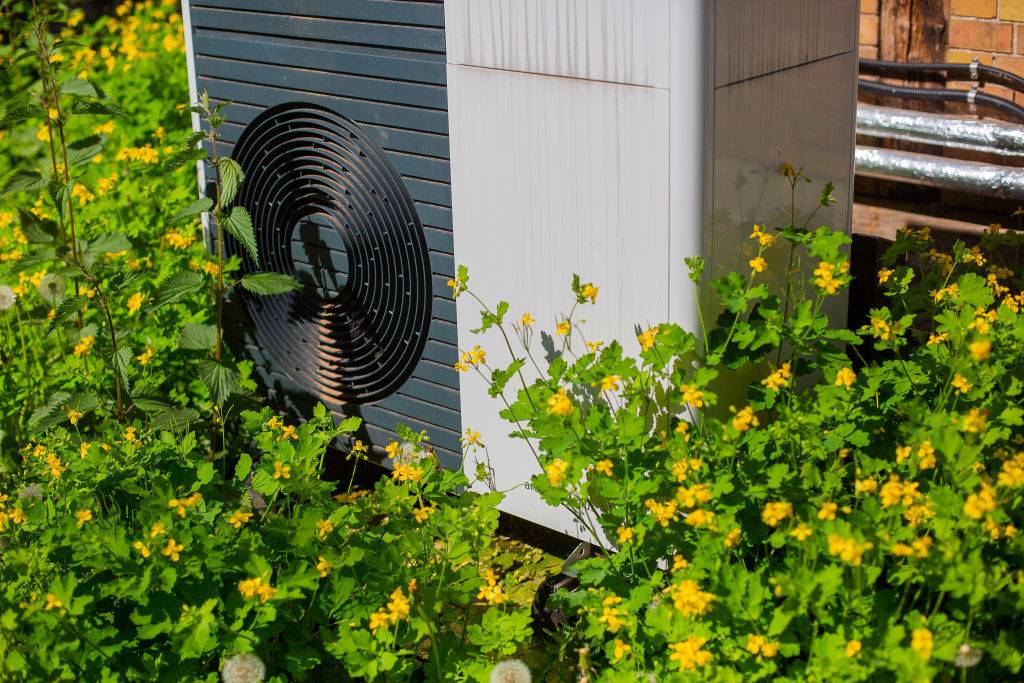
10. As-is house
When a property is listed as “as-is,” the seller doesn’t acknowledge any flaws. The clause indicates that they won’t be accountable for any repairs determined by home inspection.
The seller won’t cover the repair costs if the inspectors reveal any problems we listed in this post, so you’ll want to be sure to have a thorough inspection and understand what you’re getting into.
